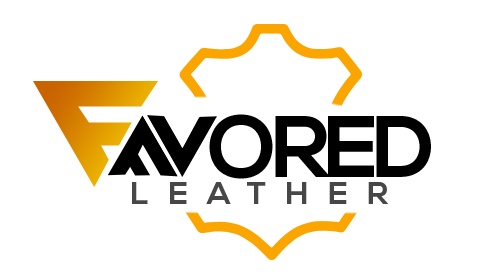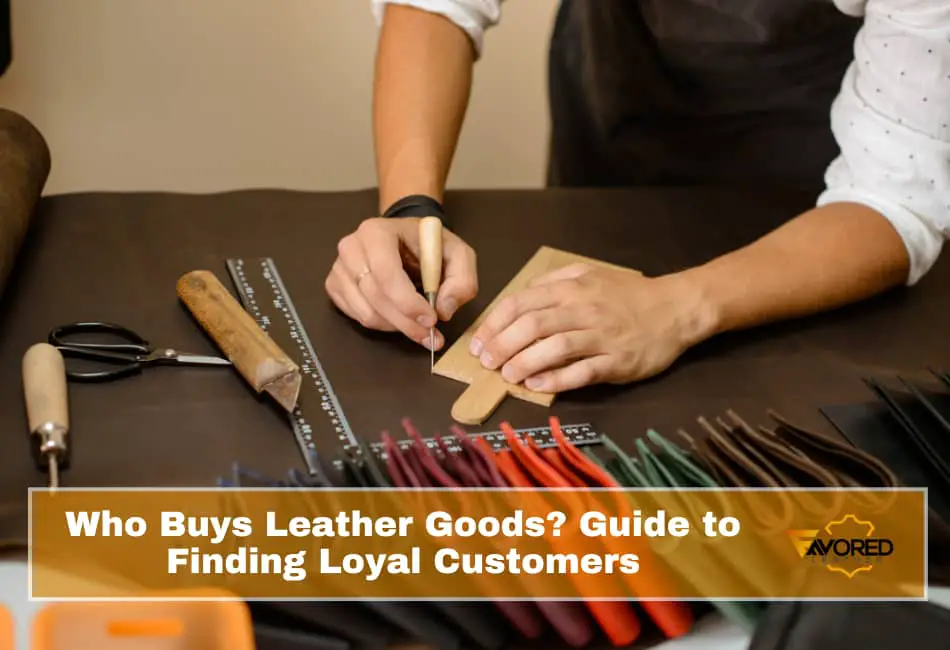Have you ever poured your heart into crafting a beautiful leather piece, only to wonder who would truly appreciate it?
Or perhaps you have felt overwhelmed by the idea of marketing to “everyone,” only to see limited results? As a leather crafter, identifying your ideal client is not just a business strategy—it is a way to connect with those who value your artistry.
Knowing your ideal client allows you to focus your marketing, tailor your products, and ultimately increase your sales.
This guide will walk you through the steps of defining that perfect audience, ensuring your leather crafting business thrives by reaching the right people.
The Myth of “Anyone with Money”
Many leather crafters fall into the trap of believing that their ideal customer is simply anyone who can pay.
While this approach may seem practical at first, it often leads to scattered marketing efforts, inconsistent branding, and a disjointed product line.
Leather crafting is not fast fashion. It is not about mass production or shallow trends. It is about craftsmanship, intentionality, and passion.
Your ideal client is someone who sees beyond the surface—someone who values your work not only for its utility but also for its story.
Instead of targeting everyone, focus on a defined group of people whose interests align with what you create. Here are just a few examples of niche markets:
- Rodeo competitors: Seek custom leather gear that can withstand extreme conditions.
- Equestrian enthusiasts: Need dependable tack like saddles, bridles, or reins.
- Welders and firefighters: Require heat-resistant gloves and aprons for safety.
- Historical reenactors: Look for period-accurate leather pouches or belts.
- Steampunk fans: Love intricate, themed leather accessories with a vintage touch.
By serving a specific audience, your work becomes more meaningful—and your brand, more memorable.
Steps to Identify Your Ideal Client
1. Analyze Your Existing Customers
If you already have customers, look at their patterns. Ask yourself:
- What are their typical age ranges, professions, and locations?
- What kinds of items are they drawn to most?
- Are there repeat buyers? If so, what are they buying?
Perhaps your most loyal clients are outdoor enthusiasts looking for rugged utility wallets. Or maybe your handbags are popular among urban professionals seeking stylish, handmade alternatives to mainstream fashion.
2. Highlight the Unique Value of Your Products
Think deeply about what sets your leather goods apart. Are they entirely hand-stitched? Do you use rare hides? Is personalization a key part of your brand?
For instance, a custom leather journal might appeal to writers, while a hand-tooled sheath may be perfect for survivalists or hunters.
Understanding these differentiators helps you better match your products to the people who will appreciate them most.
3. Consider Function and Purpose
Are your items mainly functional, decorative, or sentimental?
- Functional items: Tool rolls, work aprons, belts.
- Decorative pieces: Wall art, embossed panels.
- Gifts: Monogrammed wallets or custom keychains.
Recognizing the purpose of your goods can steer you toward the ideal clientele—whether it be tradesmen, collectors, or gift buyers.
4. Align with Client Values
Your ideal client shares your values. Consider:
- Do they support sustainable or vegetable-tanned leather?
- Are they looking for heirloom-quality craftsmanship?
- Do they appreciate local or small-batch production?
These value-driven decisions can help you create products and messaging that feel authentic to your brand.
5. Map Demographics and Lifestyle
Go further by considering lifestyle traits:
- Age: Younger buyers may be drawn to minimalism or trendy accessories, while older buyers may value heritage goods.
- Gender: Are your designs more masculine, feminine, or gender-neutral?
- Region: Leather gear needs vary by climate and culture.
- Profession or hobby: Does your audience ride horses, weld, reenact history, or work outdoors?
These factors help paint a clear picture of the lives your leather pieces fit into.
Crafting a Buyer Persona
A buyer persona is a fictional, yet realistic, profile of your ideal client. Here is how you build one:
- Gather Data: Use customer feedback, purchase histories, and even social media interactions.
- Observe Trends: Stay updated on shifts in the leather industry. For example, demand for sustainable leather is growing (Future Market Insights).
- Compile the Persona: Combine insights to form a full character.
Example Persona: “Alex, the Equestrian Enthusiast”
- Age: 30–45
- Location: Suburban or rural
- Interests: Horseback riding, country fairs, craftsmanship
- Needs: Reliable leather tack, stylish utility belts
- Values: Durability, local artisanship, tradition
With this persona in mind, you would focus on developing tough, polished leather goods, using visuals and messaging that reflect Alex’s lifestyle and values.
Validate Your Assumptions
Before you invest heavily in marketing or new product lines, validate your assumptions about your ideal client.
- Talk to customers: Conduct surveys or initiate conversations at events or online.
- Review your analytics: See what sells and to whom.
- Test your assumptions: Launch a small batch product for a specific niche to gauge interest.
Events such as craft fairs or leatherworking expos are excellent opportunities to gather insights firsthand. Retailer Weaver Leather often encourages crafters to test and showcase products at local events.
Tailor Your Craft and Messaging
Refine Your Products
Design items that speak directly to your ideal clients’ needs. If your audience includes firefighters, emphasize safety and functionality in your design choices. If you cater to fashion-conscious consumers, focus on detail, finish, and customization.
Shape Your Story
Tell stories that draw clients into your process. Share why you chose a specific leather, how you developed a certain pattern, or what craftsmanship means to you.
For instance, explain how you sourced ethically tanned leather for a new product, and you will resonate deeply with sustainability-minded buyers.
Speak Their Language
Use language and tone that reflects your audience’s identity. For rodeo gear: “Built for the ring and the ride.” For reenactment accessories: “Crafted to bring the past to life.” This not only strengthens your brand voice but builds emotional connection.

